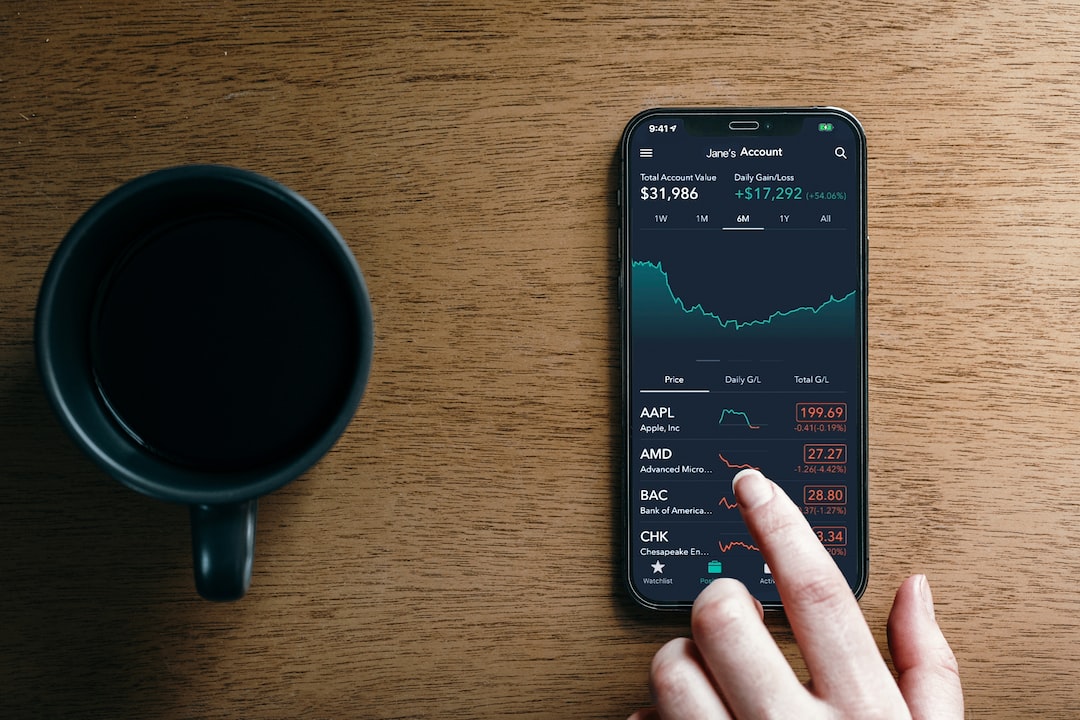Leverage is one of the most important concepts in forex trading. It is a key tool that allows traders to maximize their profits while minimizing their risks. But how is leverage calculated in forex? In this article, we will explore the different types of leverage and how they are calculated.
What is leverage?
Leverage is the amount of money that a trader can borrow from their broker to trade currencies. It is expressed as a ratio, such as 100:1, 200:1, or 500:1. This ratio indicates the amount of money that the trader can control with their own capital.
For example, if a trader has a leverage ratio of 100:1 and they have $1,000 in their trading account, they can control a position worth $100,000. This means that for every $1 of their own capital, they can control $100 of currency.
Types of leverage
There are two types of leverage in forex trading: margin-based leverage and notional-based leverage.
Margin-based leverage is the most common type of leverage used by forex traders. It is calculated by dividing the total position size by the trader’s available margin. For example, if a trader has a position size of $100,000 and their available margin is $1,000, their margin-based leverage would be 100:1.
Notional-based leverage is less common and is calculated by dividing the total position size by the trader’s account balance. For example, if a trader has a position size of $100,000 and their account balance is $10,000, their notional-based leverage would be 10:1.
How is leverage calculated?
Leverage is calculated automatically by the trader’s broker. When a trader opens a position, their broker will calculate the required margin and the leverage ratio based on the size of the position and the trader’s account balance.
For example, if a trader wants to open a position worth $100,000 and their broker requires a margin of 1%, the trader would need to have $1,000 in their account to open the position. The leverage ratio would be 100:1, as the trader is controlling $100,000 with their $1,000 of available margin.
Traders can also calculate their own leverage ratio by dividing the total position size by their available margin or account balance. For example, if a trader has a $10,000 account balance and they want to open a position worth $100,000 with a required margin of 1%, their leverage ratio would be 10:1.
Why is leverage important?
Leverage is important in forex trading because it allows traders to control larger positions with less capital. This means that traders can potentially make larger profits with a smaller investment. However, leverage also increases the risk of losses, as traders are effectively borrowing money from their broker to make trades.
Traders need to be careful when using leverage and should always use risk management strategies to minimize their losses. This may include setting stop-loss orders, using proper position sizing, and avoiding over-leveraging.
Conclusion
Leverage is a powerful tool in forex trading that allows traders to control larger positions with less capital. It is calculated automatically by the trader’s broker based on the size of the position and the trader’s account balance. Traders need to be careful when using leverage and should always use risk management strategies to minimize their losses.





